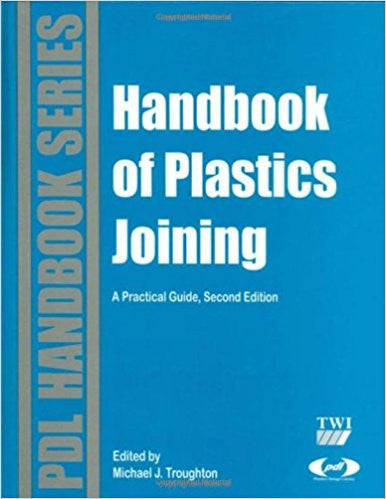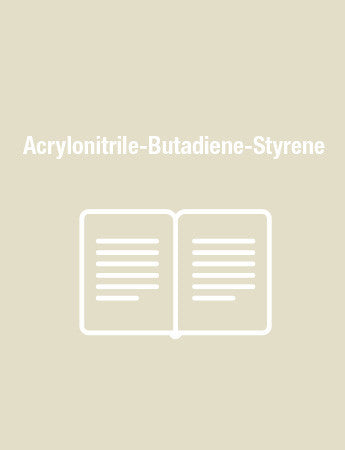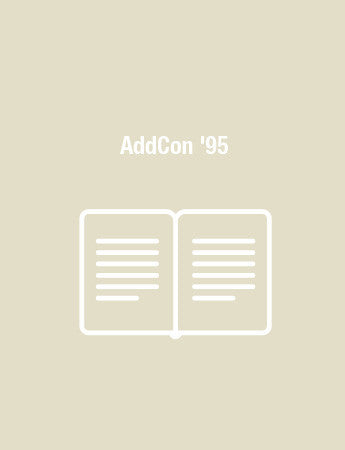Handbook of Plastic Joining 2nd Edition
This practical guide to plastic joining processes is composed of two parts: processes and materials. The processing part is divided into 15 chapters each discussing different joining technique. The joining methods discussed include: heated tool, hot gas, vibration, spin, ultrasonic, induction, radio frequency, microwave, resistance, extrusion, electrofusion, infrared, and laser welding techniques, mechanical fastening and chemical bonding.
Systematic approach was taken to discuss each method. Typically, the following subjects are discussed for each method: process, processing parameters, materials, weld microstructure, effects of aging on weld strength, equipment, advantages and disadvantages, and applications. This gives concise but thorough evaluation of the potentials of each method and includes required knowledge to use this information for practical purposes.
Numerous illustrations provide visual assistance in understanding the method and required equipment. Many practical observations are included under application and advantages and disadvantages which assist in method and parameters selection for the successful operation and process.
The second part of the book is divided according to the generic names of polymers used in joining techniques. This part includes 25 generic names of polymers, each containing information on one or more polymers or polymer mixtures. The polymers involved are grouped within thermoplastics, thermoplastic elastomers, thermosets, and rubbers. In total, there are 84 chapters devoted to the individual polymers.
Each chapter on a particular polymer contains information organized according to different joining methods used for this polymer and typical commercial materials which belong to this polymer group.
Information given for each material covers available test data, observations from practical use of different methods, for a chosen commercial material, and a general research information on process and product. Suitable surface treatment methods and cleaners are also discussed. If technical drawings may assist users in understanding the details of the processes, they are provided.
The book contains, in addition, a glossary of important terms, references, figures, subject indices as well as supplier's directory.
It is safe to conclude that the book contains data and know-how information required for successful process application. Both current users and those who consider to enter the field of plastics joining will find this book invaluable in their practice. Considering that most of the plastics must be processed by one of these methods to produce the final goods, this book is needed for all who work in polymer industry, regardless of the focus of their activities. Production of a good final product requires concerted effort of polymer research chemist, plastic designer and compounder, part designer, manufacturing engineers and they all will benefit from frequent consulting this comprehensive resource.
Systematic approach was taken to discuss each method. Typically, the following subjects are discussed for each method: process, processing parameters, materials, weld microstructure, effects of aging on weld strength, equipment, advantages and disadvantages, and applications. This gives concise but thorough evaluation of the potentials of each method and includes required knowledge to use this information for practical purposes.
Numerous illustrations provide visual assistance in understanding the method and required equipment. Many practical observations are included under application and advantages and disadvantages which assist in method and parameters selection for the successful operation and process.
The second part of the book is divided according to the generic names of polymers used in joining techniques. This part includes 25 generic names of polymers, each containing information on one or more polymers or polymer mixtures. The polymers involved are grouped within thermoplastics, thermoplastic elastomers, thermosets, and rubbers. In total, there are 84 chapters devoted to the individual polymers.
Each chapter on a particular polymer contains information organized according to different joining methods used for this polymer and typical commercial materials which belong to this polymer group.
Information given for each material covers available test data, observations from practical use of different methods, for a chosen commercial material, and a general research information on process and product. Suitable surface treatment methods and cleaners are also discussed. If technical drawings may assist users in understanding the details of the processes, they are provided.
The book contains, in addition, a glossary of important terms, references, figures, subject indices as well as supplier's directory.
It is safe to conclude that the book contains data and know-how information required for successful process application. Both current users and those who consider to enter the field of plastics joining will find this book invaluable in their practice. Considering that most of the plastics must be processed by one of these methods to produce the final goods, this book is needed for all who work in polymer industry, regardless of the focus of their activities. Production of a good final product requires concerted effort of polymer research chemist, plastic designer and compounder, part designer, manufacturing engineers and they all will benefit from frequent consulting this comprehensive resource.
Joining Methods Include:
Adhesive Bonding
Electrofusion Bonding
Friction Welding
Heated Tool Welding
High Frequency Welding
Hot Gas Welding
Induction Welding
Infrared Welding
Laser Welding
Mechanical Fastening
Other Features Include
Joint Process Selection
Applications
Joint Design
Welding Process Optimization
Mistakes to Avoid
Glossary of Terms
Source Documentation
Indices




